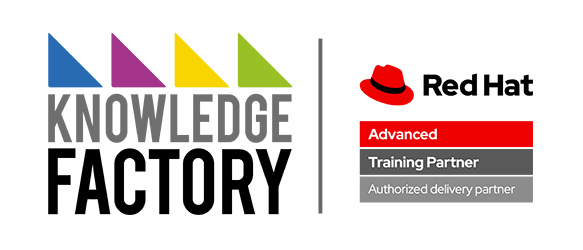Course description
Manage, monetize, and secure APIs with Red Hat 3scale API Management
Build and Administer APIs with Red Hat 3scale API Management (DO240) is a hands-on, lab-based course that gives SREs and administrators an introduction to managing cloud-native APIs with Red Hat® 3scale API Management. This course enables developers and administrators to install, administer, monetize, secure and document your cloud-native APIs.
This course is based on Red Hat 3scale API Management 2.11.
Following course completion, you will receive a 45-day extended access to hands-on labs for any course that includes a virtual environment.Note: This course is self paced.Durations may vary based on the delivery. For full course details, scheduling, and pricing, select your location then “get started” on the right hand menu.
Course content summary
- Understand 3scale API Management architecture and primary features.
- Learn typical API use cases and strategies.
- Install 3scale API Management on OpenShift.
- Establish and configure subscription plans and rate limits.
- Configure and customize the API gateway using policies.
- Monitor and analyze API traffic.
- Configure and test API service discovery.
- Configure a developer portal and monetize your APIs.
- Configure API security using tokens, API key-pairs, and OAuth/OIDC using Red Hat Single Sign-on (SSO).
Audience for this course
- Site Reliability Engineers and OpenShift Administrators interested in using 3scale API Management to manage, monitor, secure, and monetize their cloud-native APIs.
Prerequisites for this course
- Take our free assessment to gauge whether this offering is the best fit for your skills.
- Complete Red Hat OpenShift Administration II: Operating a Production Kubernetes Cluster (DO280) or demonstrate equivalent knowledge.
- Familiarity with testing REST APIs and security concepts like API keys, tokens and OAuth/OIDC.
Technology considerations
- Internet access is required.
